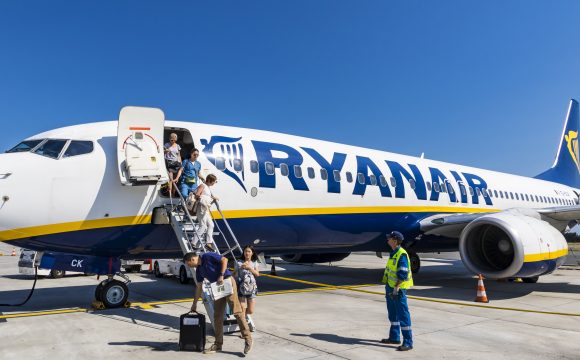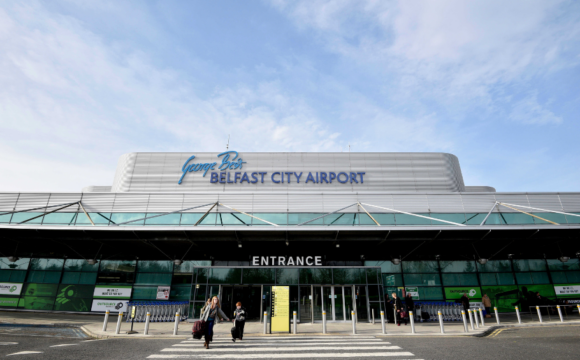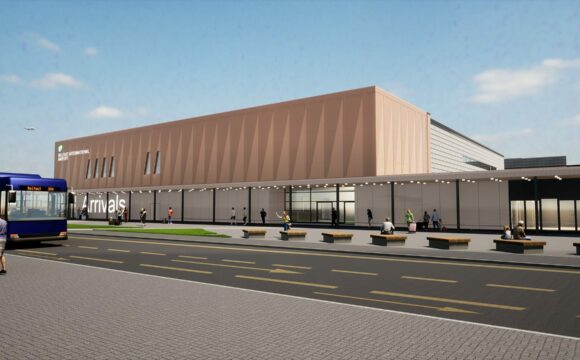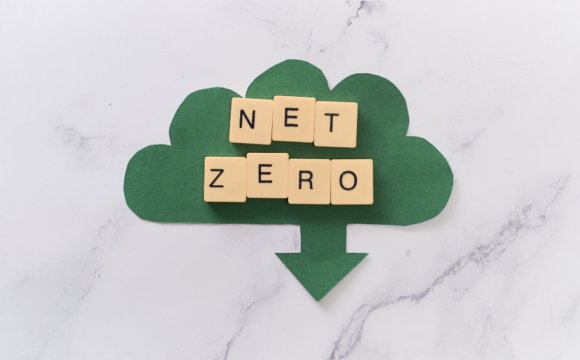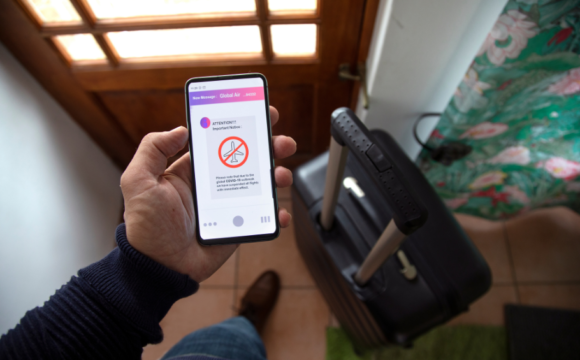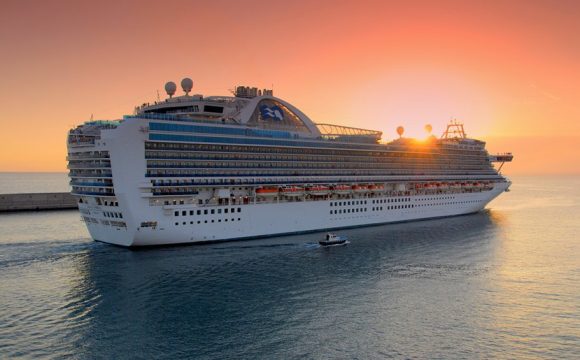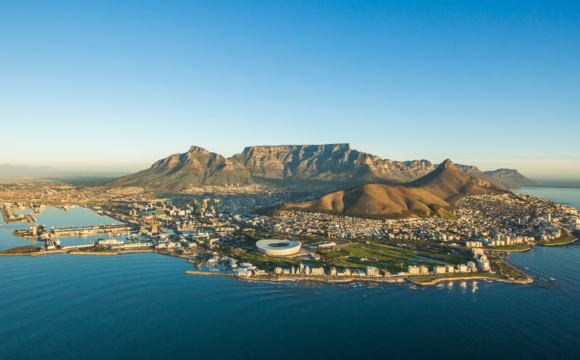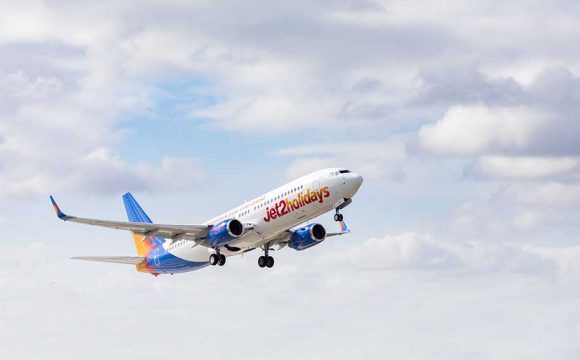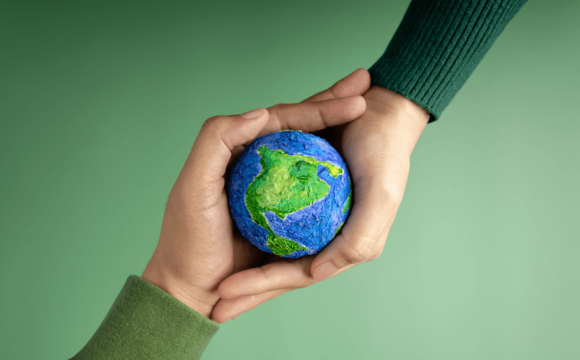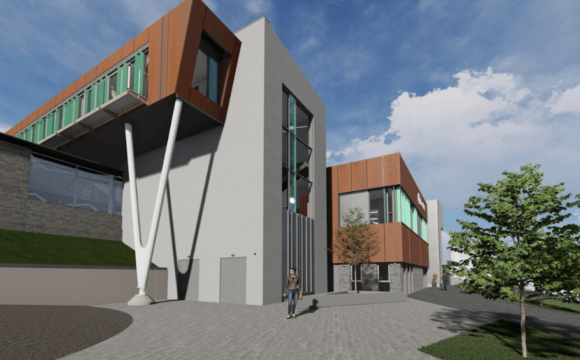While in most places outside Italy you usually eat when you are hungry, in Italy you never stop eating. Italian food is simple, affordable, and cooked with love – what’s not to like?
Eating out is commonplace, and everywhere you are bound to get stellar service as most restaurants are family-owned and run, and making sure punters are well fed is a point of honour for every ristorante owner.
Here are a few tips that will help you make the most out of your gastronomic experience in Italy:
Food:
Pasta: non-Italians will soon discover what they know as pasta is not so straightforward. Some sophisticated eaters might already know their tagliatelle from their bucatini, but when in Italia the world of farfalle, pappardelle, and tortiglioni unfolds. Each has its own rigorous cooking time and requires a very specific sauce to go with. Most important however is the fact that pasta must always be served al dente which, to an inexperienced palate, may appear undercooked. It is not. This is how pasta is served and eaten in Italy and you must never ever return it asking to have it cooked ‘properly’. Another culinary sin is to attack pasta with a knife or a spoon. What also makes Italians furious is to refer to pasta as a side dish. It is very much a dish of its own, often eaten as a starter or first course, so do have this in mind when your Italian friends take you out.
Pizza: pizza comes in one size only. Most pizzerias allow a little leeway when it comes to dough: you can opt for stesa (thin, easy on toppings) or tegamino (thick – but never Chicago-like thick – and more generous with toppings), but the general rule is no pineapple or other fruit as topping. In established pizzerias it’s best to go for the simplest option – good ol’ Margharita. Unlike pasta that is usually had for lunch, there are no time restrictions when it comes to ordering pizza.
Salad: salads for lunch or dinner are not common, and certainly not with pasta. If a salad does appear on the table, it is often eaten after the first course.
Dolce (dessert): Italian food is, hands down, one of the best in the world, and the Italians tend to look down on countries not particularly known for their fine cuisine – like England for instance. It is therefore surprising that one of the most known Italian desserts is called zuppa inglese (English soup). Zuppa can pass for a distant cousin of an English trifle, consisting of three layers of sponge cake and custard.
Gelato (ice-cream): The famous Italian gelato is sold by flavours and not scoops. If you want to be taken seriously, two flavours (due giusti) is an absolute minimum. One flavour is known as a baby gelato – or gelato for beginners. Gelaterrias offer an impressive variety of flavours, from traditional to more funky ones, including the aforesaid zuppa inglese.
Breakfast: Most hotels and guest-houses serve continental breakfast (forget a decent fry though – much frowned upon). If, however, you feel adventurous enough to go local, try a local pasticeria (bakery) and ask for a cappuccino and brioche – which could be anything from a doughnut, a sweet bun, puff pastry or a croissant. Pasticerias open at 6 am and are abuzz with chatter, local gossip and laughter. Take your time, peruse local papers, pet someone’s dog, and stroll leisurely back to your hotel – for full continental breakfast.
Drinks:
Caffé v coffee: outside Italy, a café is a place where you have coffee. In Italy, caffé is both – the place and the drink. In most European countries, ‘going out for coffee’ means catching up with friends, recent gossip and the like – in a café. This implies luxuriating over a cup, especially in places that offers refills, or it could be an excuse for a sneaky pint or two. In any case, ‘going out for coffee’ implies spending a certain amount of time having a drink – be it the coffee or that sneaky pint. Not in Italy. In Italy – caffé (fragrant espresso or macchiato – espresso with a touch of hot foamy milk) is had at a caffé (the place), usually on the go. In other words, Italian caffé (the drink) is a shot of coffee gulped at the bar. Also, forget your flavoured cappuccinos, skinny lattes and the like. Italians like their caffé simple.
Cappuccino: Interestingly, it is ok to have caffé (usually espresso) at any time of day or night, but such liberal rules do not apply to cappuccino – or cappuccio as it is known in Italy. Cappuccio has gone to achieve world domination – and yet in its native land its consumption is restricted: it is strictly a morning drink, usually taken at a caffé (the place) with a brioche. Any attempts of ordering cappuccio after 11.00 (or 12 at weekends) will not land you in hot water, but will definitely single you out as a foreigner, regardless of how well you blend in. And remember – cappuccino comes strictly in one size: there is no such thing like double or big cappuccino. A very no-no is to order cappuccio in the evening, especially after pizza. So is takeaway coffee. The Italians simply don’t do it so don’t even ask. Of course, such tourist traps like Venice or Rome will only be happy to charge at least 5 pounds for a double or triple take-away capuccio (shock and horror) at any time of the day. Still, expect a complimentary smirk and an eyeroll.
Latte: If you ask for latte in a caffé (the place) make sure you have done your homework. One American madam has declared Italy a very strange country because ‘when you ask for latte, they give you milk’. For that’s exactly what it is. If you cannot live without your flavoured skinny latte, ask for latte macchiato (espresso with foamy milk).
Booze: The weather and climate usually dictate a nation’s favourite drinks. Italians tend to stay clear from hard liquor, apart from grappa (grape vodka) that is taken as a digestivo after dinner.
Other things to bear in mind:
Meal times: Not surprisingly, meal times and especially lunch are taken extremely seriously is Italy. It is not uncommon to see many shops close for lunch – usually between 1 and 4 PM. Offices often offer generous – over two hours – lunch breaks. As regards dinner, in the south of the country nobody would even think of sitting to dinner before the sunset. On the plus side, it is common for restaurants to stay open well after midnight, especially that some would not even open before 7 pm.
Caldo: Confusingly, caldo means ‘hot’ – do have that in mind on a scorching Italian day.
Sizes: In Italy, there is no such thing like a size of coffee, capuccio or pizza – unless, perhaps at airports or other tourist spots. The only time you will be asked about the size of your drink is when you order draft beer that in Italy comes in two sizes: medium (0.4 l) and small (0.2 l).
Take-away: Take-away is not common. This is because Italians like their food hot and freshly made, and you don’t have to walk far to find a pizzeria or trattoria. Home deliveries are slowly gaining traction, especially when football is on, but don’t count too much on it.
Temperatures: Italians have higher tolerance to most uncomfortable heat so don’t expect to find air-con in most restaurants or caffés – unless in touristy areas. Italians dismiss that unbearable heat as ‘a little ‘ot’.
Allora?
Italian food does not need introduction or recommendations – but Italian ways do. Italy is, after all, a foreign land and they do things differently there. Enjoy!



